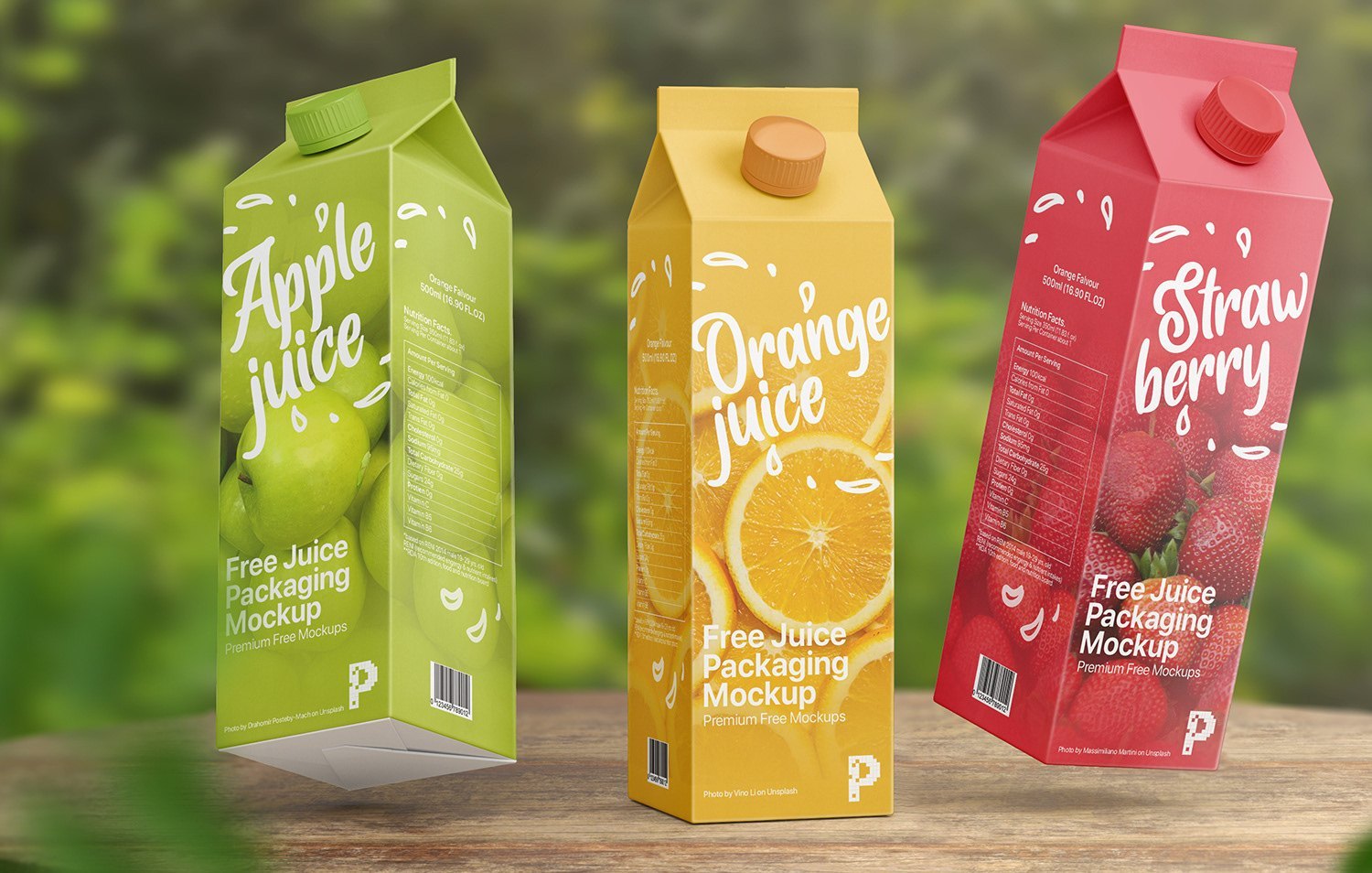In the fast-paced world of digital marketing, staying ahead of the curve is crucial. As technology evolves and consumer behavior shifts, marketers must adapt to new tactics to remain competitive. This article explores some of the most promising new digital marketing tactics for 2024 and beyond, offering insights into how businesses can leverage these strategies to drive growth and engagement.
1. Artificial Intelligence (AI) and Machine Learning
Artificial Intelligence (AI) and Machine Learning (ML) are transforming the digital marketing landscape by enabling more personalized and efficient marketing strategies. Here’s how they are being utilized:
a. Hyper-Personalization
AI-powered tools analyze vast amounts of data to deliver highly personalized content and recommendations. This hyper-personalization goes beyond basic segmentation, allowing brands to tailor their messaging based on individual user behavior, preferences, and past interactions. For example, e-commerce platforms can use AI to recommend products based on browsing history and purchasing patterns, enhancing the customer experience and increasing conversion rates.
b. Predictive Analytics
Machine learning algorithms can predict future trends and customer behaviors by analyzing historical data. This enables marketers to anticipate customer needs, optimize campaigns, and allocate resources more effectively. For instance, predictive analytics can forecast which products are likely to be popular, allowing brands to adjust their inventory and marketing strategies accordingly.
c. Chatbots and Virtual Assistants
AI-driven chatbots and virtual assistants are becoming increasingly sophisticated, providing real-time customer support and engagement. These tools can handle a wide range of tasks, from answering frequently asked questions to guiding users through complex processes. By integrating chatbots into their websites and social media channels, businesses can offer 24/7 support and enhance the overall user experience.
2. Interactive Content
Interactive content is gaining traction as a way to engage users more deeply than static content. This approach encourages active participation, leading to higher engagement rates and better brand recall.
a. Quizzes and Polls
Quizzes and polls are effective tools for capturing user attention and generating valuable insights. They can be used to gather information about user preferences, segment audiences, and provide personalized recommendations. For example, a beauty brand might use a quiz to recommend skincare products based on users’ skin types and concerns.
b. Augmented Reality (AR)
Augmented Reality (AR) is enhancing the way consumers interact with digital content. AR technology allows users to visualize products in their own environment before making a purchase. For instance, furniture retailers can use AR to let customers see how a piece of furniture would look in their home, reducing uncertainty and increasing confidence in their purchasing decisions.
c. Interactive Videos
Interactive videos are an engaging way to present content. They allow viewers to choose their own path, make decisions, and interact with the video in real time. This format can be used for everything from product demonstrations to immersive storytelling, offering a more engaging and memorable experience for viewers.
3. Voice Search Optimization
With the rise of voice-activated devices like smart speakers and virtual assistants, optimizing for voice search is becoming increasingly important. Voice search queries are often longer and more conversational than text-based searches, requiring a different approach to SEO.
a. Natural Language Processing (NLP)
Natural Language Processing (NLP) helps search engines understand and interpret human language more effectively. By incorporating NLP techniques into their content strategies, businesses can improve their chances of ranking for voice search queries. This includes using conversational language, answering common questions, and providing concise, informative responses.
b. Local SEO
Voice searches often have local intent, such as “near me” queries. Businesses should optimize their local seo by claiming and updating their Google My Business listings, encouraging customer reviews, and ensuring their contact information is accurate and consistent across all platforms.
4. Influencer Marketing Evolution
Influencer marketing continues to be a powerful tactic, but it is evolving in response to changing trends and consumer expectations.
a. Micro-Influencers
While celebrities and macro-influencers still have a significant impact, micro-influencers—those with smaller, highly engaged followings—are becoming increasingly valuable. Micro-influencers often have a more authentic connection with their audience and can deliver higher engagement rates. Partnering with micro-influencers allows brands to reach niche audiences and build trust through authentic recommendations.
b. Long-Term Partnerships
Rather than one-off campaigns, brands are increasingly seeking long-term partnerships with influencers. This approach fosters deeper relationships and more consistent messaging. Long-term collaborations enable influencers to become more familiar with a brand’s values and products, resulting in more authentic and effective endorsements.
5. Sustainability and Ethical Marketing
Consumers are becoming more conscious of environmental and ethical issues, and they expect brands to align with these values. Sustainable and ethical marketing is not just a trend but a necessity for brands looking to build trust and loyalty.
a. Transparency
Transparency in marketing involves openly communicating about a brand’s practices, sourcing, and values. This can include sharing information about product ingredients, manufacturing processes, and sustainability efforts. Brands that are transparent build credibility and foster trust with consumers who value honesty and integrity.
b. Purpose-Driven Campaigns
Purpose-driven marketing focuses on aligning brand messaging with social and environmental causes. Brands that actively support and contribute to meaningful causes resonate more with socially conscious consumers. Campaigns that highlight a brand’s commitment to positive change and community impact can drive engagement and strengthen brand loyalty.
6. Data Privacy and Security
With growing concerns about data privacy and security, marketers must prioritize protecting consumer information and complying with regulations.
a. Compliance with Regulations
Staying compliant with data protection regulations such as the General Data Protection Regulation (GDPR) and the California Consumer Privacy Act (CCPA) is crucial. Marketers should implement robust data protection practices, including obtaining explicit consent, providing clear privacy policies, and ensuring data security.
b. Building Trust Through Privacy
Brands that prioritize privacy and data security can build stronger relationships with their customers. Communicating privacy practices transparently and taking proactive steps to safeguard data can enhance trust and demonstrate a brand’s commitment to protecting consumer information.
Conclusion
The digital marketing landscape is constantly evolving, and staying ahead requires embracing new tactics and technologies. By leveraging AI and machine learning for hyper-personalization, engaging users with interactive content, optimizing for voice search, adapting influencer marketing strategies, prioritizing sustainability and ethical practices, and ensuring data privacy, businesses can position themselves for success in 2024 and beyond.
As marketers, it is essential to stay informed about emerging trends and continually adapt strategies to meet the changing needs of consumers. By doing so, brands can drive growth, foster deeper connections with their audience, and achieve long-term success in the dynamic world of digital marketing.






